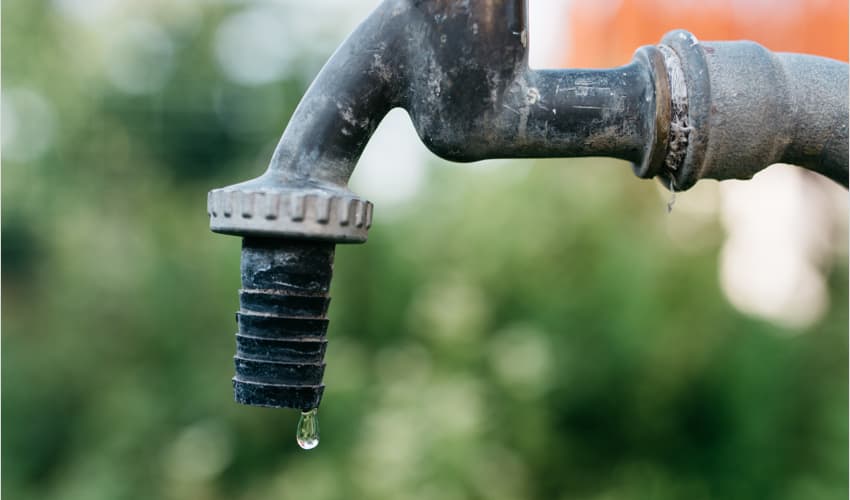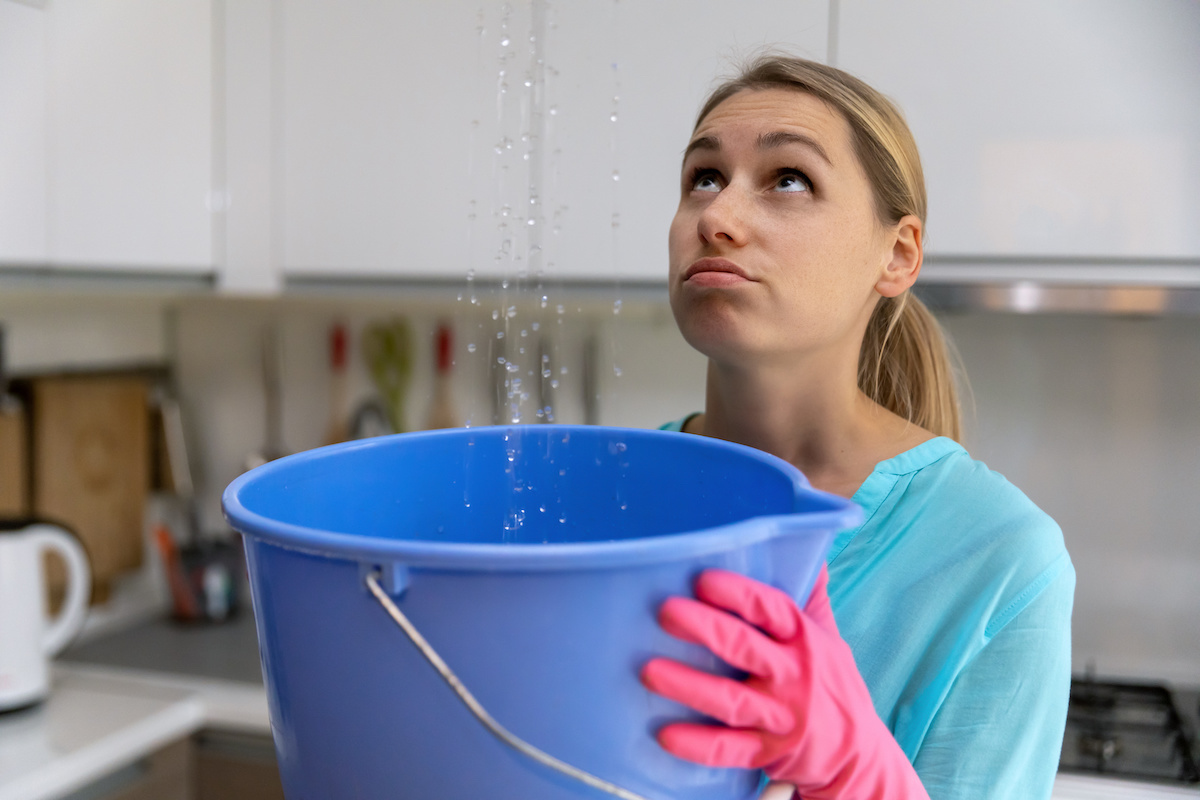Mastering the Six Most Common Water Leaks: Tips for Homeowners
Mastering the Six Most Common Water Leaks: Tips for Homeowners
Blog Article
Were you looking for content around How to detect water leaks in your home?

Leaks not only cause waste of water but can additionally trigger unnecessary damage to your home and advertise undesirable natural development. However, water leakages might go unnoticed since a lot of the pipework in our house is concealed. By understanding and also looking for everyday scenarios that create leaks, you can safeguard your residence from future leakages and unneeded damage. Today, we will certainly look at 6 leakage creates that may be causing your pipelines to drip.
Intruding origins
Many water leakages start outside your home rather than inside it. If you discover a sudden reduction in water stress, say in your faucet, take time to go out and also analyze your lawn. You could discover damp patches or sinkholes in your yard, which could mean that tree origins are invading water lines creating water to leak out. You can have your plumber look for invasion, specifically if you have trees or shrubs near your building.
Corroded water systems
This might be the cause of discoloration or warping on your water pipes. If our plumbing system is old, consider replacing the pipes considering that they are at a greater threat of deterioration than the more recent versions.
Malfunctioning Pipeline Joints
The factor at which your pipes connect is frequently the weakest web link in the waterline. Pipeline joints can wear away with time, causing water leakages. The bulk of pipeline joints are not easily noticeable. If you have noisy pipelines that make ticking or banging sounds, specifically when the warm water is activated, your pipeline joints are most likely under a lot of pressure. It is recommended to have your plumber examine your system once a year.
Instant temperature modifications.
Severe temperature level modifications in our pipes can create them to broaden and get suddenly. This expansion and tightening may create fractures in the pipelines, particularly if the temperature are listed below freezing.
Poor Water Connectors
At times, a leakage can be caused by loosened hoses and also pipes that supply your home appliances. Typically, shifting is what creates the loose water Links. You might discover in the case of a cleaning device, a tube may spring a leakage because of drinking during the spin cycle. In case of a water links leak, you might discover water running straight from the supply line or puddles around your home appliances.
Blocked Drains
Obstructed drains could be irritating as well as inconveniencing, yet they can in some cases wind up creating an overflow resulting in break pipes. Keep getting rid of any materials that might drop your drains pipes that can block them to avoid such hassles.
All the above are root causes of leaks but not all water leakages result from plumbing leaks; some leaks could originate from roofing system leakages. All leaks need to be repaired instantly to prevent water damages.
Leakages not just create waste of water but can likewise create unneeded damages to your home and promote unwanted natural development. By understanding and looking for daily circumstances that trigger leakages, you can protect your home from future leaks and unnecessary damage. Today, we will look at six leak triggers that might be triggering your pipes to drip.
At times, a leak can be caused by loose hose pipes and pipes that provide your devices. In instance of a water links leak, you might see water running straight from the supply line or pools around your home appliances.
How To Check For Water Leak In Your Home
How To Check for Leaks
The average household's leaks can account for nearly 10,000 gallons of water wasted every year and ten percent of homes have leaks that waste 90 gallons or more per day. Common types of leaks found in the home are worn toilet flappers, dripping faucets, and other leaking valves. These types of leaks are often easy to fix, requiring only a few tools and hardware that can pay for themselves in water savings. Fixing easily corrected household water leaks can save homeowners about 10 percent on their water bills.
To check for leaks in your home, you first need to determine whether you're wasting water and then identify the source of the leak. Here are some tips for finding leaks:
Take a look at your water usage during a colder month, such as January or February. If a family of four exceeds 12,000 gallons per month, there are serious leaks.
Check your water meter before and after a two-hour period when no water is being used. If the meter changes at all, you probably have a leak.
Identify toilet leaks by placing a drop of food coloring in the toilet tank. If any color shows up in the bowl after 10 minutes, you have a leak. (Be sure to flush immediately after the experiment to avoid staining the tank.)
Examine faucet gaskets and pipe fittings for any water on the outside of the pipe to check for surface leaks.
Undetected water leaks can happen without the home or business owner even realizing. If you suspect a water leak, but not able to find the source. It is time to contact a professional water leak detection service, The Leak Doctor.
How To Find a Water Leak In Your Home
https://www.leakdoctor.com/blog/How-To-Check-For-Water-Leak-In-Your-Home_AE197.html

Do you enjoy reading about How Fast Water Damage Can Ruin Your Home? Try to leave a review directly below. We would be interested to see your thoughts about this content. Hoping that you come back again soon. Do you know another person who is excited about the topic? Take a moment to share it. I praise you for your time. Please pay a visit to our website back soon.
Click Here Report this page